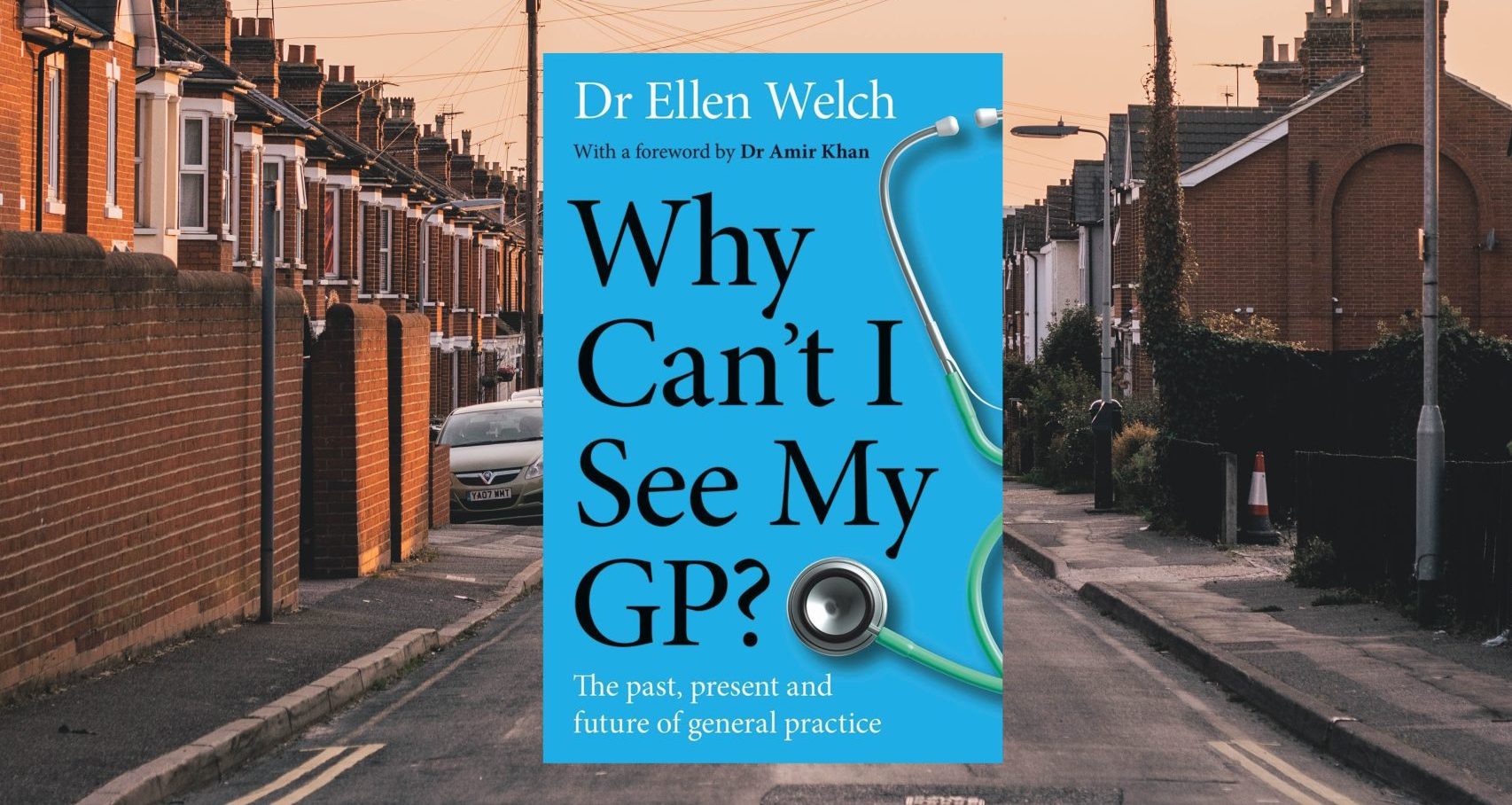
Confidence in the future of NHS primary care is thin right now. My resilience suddenly really matters.1 Are the two linked?
Let’s start by considering hospital productivity. According to a blog by The Health Foundation, the amount of hospital care the NHS provides is broadly no higher than pre-pandemic levels though overall the NHS has almost a fifth more staff now than 4 years ago.2
This hospital productivity problem is a conundrum since much of that extra staffing has accumulated in hospitals. For example, the number of hospital consultants has grown by 26 per cent since 2015 even while the number of GPs has fallen by almost 7 per cent.3 True, overall primary care has grown too: it now includes around 23 000 direct patient care staff who are not GPs or nurses, the majority of whom have been recruited via Primary Care Networks.4
Activity data suggest 312 million appointments were provided in general practice in 2019, averaging at around 26 million per month, and by last November activity had risen to almost 32 million appointments.5,6 This is an increase of monthly general practice appointments of nearly a quarter over 4 years.
Yet, over the same period, primary care’s share of the NHS budget has actually fallen, slumping to 8.4% of the whole for 2023–2024.7 Primary care now of course officially includes all of the healthcare provision that used to be based on the corner shop model — optometry, pharmacy, and dentistry as well as general practice. All have been targeted for defunding in recent times.7–10 General practice is arguably in a better state than NHS dentistry or pharmacy still, but close to its tipping point nevertheless.11
One possible interpretation of its improving performance despite those budgetary constraints is that general practice is being forced to achieve ever greater efficiencies and that workforce diversification is one of the methods for achieving that. However, the more prevalent explanation is that, despite their declining numbers, GPs themselves are also providing even more appointments.12 This is clearly an unsustainable position. Emphasising this, the British Medical Association highlights that the average number of patients per full-time equivalent GP has now risen to 2295, this being 357 patients more than in 2015.13
Reflecting the oddness of this progressive transfer of funding away from productive primary care, an article in The Times commented last summer ‘The NHS has become a National Hospital Service rather than a National Health Service’, as it argued that spending ever more on hospitals won’t fix the NHS.3
Indeed, it seems counter-intuitive to continue to plough an ever-greater share of the available investment in the least productive parts of an organisation and yet it is hard to see a reversal of this trend towards hospitals exerting an ever- tighter grip on NHS finances.
Of course, the UK economy itself is underperforming.14 One of the reasons suggested for this is the poor health of some potential workers, and poor educational outcomes for others.15 Remedying these problems cannot be achieved by greater investment in hospital services, only by greater investment in education, and social and primary care — upstream from the hospital sector.
As the King’s Fund highlights, solutions are still possible but will require ‘a consistent vision and dedicated investment’.16 I’m not holding my breath.
I propose the inverse confidence law: the greater the NHS interest in GP resilience grows, the more confidence in its future plans for primary care fall.
References
- Evans R. New wellbeing QOF indicator to reduce GP burnout risk. Pulse 2023; 31 Mar: https://www.pulsetoday.co.uk/news/clinical-areas/mental-health-and-addiction/new-wellbeing-qof-indicator-to-reduce-gp-burnout-risk (accessed 28 Feb 2024).
- Charlesworth A. The key ingredients for a sustainable NHS: long term-investment and productivity growth. 2023. https://www.health.org.uk/news-and-comment/blogs/the-key-ingredients-for-a-sustainable-nhs-long-term-investment-and (accessed 28 Feb 2024).
- Sylvester R. Why spending more on hospitals won’t fix the NHS. The Times 2023; 2 Jul: https://www.thetimes.co.uk/article/how-to-fix-the-nhs-times-health-commission-qpdgfwzvg (accessed 28 Feb 2024).
- NHS Digital. General practice workforce, 31 December 2023. 2024. https://digital.nhs.uk/data-and-information/publications/statistical/general-and-personal-medical-services/31-december-2023 (accessed 28 Feb 2024).
- MacConnachie V. Assessing the impact and success of the Additional Roles Reimbursement Scheme. 2024. https://www.nhsconfed.org/publications/assessing-impact-and-success-additional-roles-reimbursement-scheme (accessed 28 Feb 2024).
- NHS Digital. Appointments in general practice, November 2023. 2024. https://digital.nhs.uk/data-and-information/publications/statistical/appointments-in-general-practice/november-2023 (accessed 28 Feb 2024).
- Launder M. Exclusive: GP share of NHS spend falling to eight-year low. HSJ 2024; 11 Jan: https://www.hsj.co.uk/primary-care/exclusive-gp-share-of-nhs-spend-falling-to-eight-year-low/7036376.article (accessed 28 Feb 2024).
- Association of Optometrists. Another real terms cut imposed on NHS primary eye care. 2023. https://www.aop.org.uk/our-voice/media-centre/press-releases/2023/03/23/another-real-terms-cut-imposed-on-nhs-primary-eye-care (accessed 28 Feb 2024).
- Community Pharmacy England. Pharmacy funding crisis: PSNC update. 2023. https://cpe.org.uk/our-news/pharmacy-funding-crisis-psnc-update (accessed 28 Feb 2024).
- British Dental Association. A billion in cuts. 2024. https://www.bda.org/news-and-opinion/news/a-billion-in-cuts (accessed 28 Feb 2024).
- ITV News. GPs in Kent facing crisis due to ‘unmanageable workload’. ITV News 2023; 23 Nov: https://www.itv.com/news/meridian/2023-11-23/gps-in-kent-facing-crisis-due-to-unmanageable-workload (accessed 28 Feb 2024).
- Hoddinott S, Davies N. Performance tracker 2023: general practice. 2023. https://www.instituteforgovernment.org.uk/publication/performance-tracker-2023/general-practice (accessed 28 Feb 2024).
- British Medical Association. Pressures in general practice data analysis. 2024. https://www.bma.org.uk/advice-and-support/nhs-delivery-and-workforce/pressures/pressures-in-general-practice-data-analysis (accessed 28 Feb 2024).
- The London School of Economics and Political Science. Chronic under-investment has led to productivity slowdown in the UK. 2023. https://www.lse.ac.uk/News/Latest-news-from-LSE/2023/k-November-2023/Chronic-under-investment-has-led-to-productivity-slowdown-in-the-UK (accessed 28 Feb 2024).
- Fisher P. How we should invest in productivity. 2023. https://www.niesr.ac.uk/blog/how-we-should-invest-productivity (accessed 28 Feb 2024).
- Baird B, Fenney D, Jefferies D, Brooks A. Making care closer to home a reality: refocusing the system to primary and community care. 2024. https://assets.kingsfund.org.uk/f/256914/x/ab65341d7a/making_care_closer_home_reality_report_2024.pdf (accessed 28 Feb 2024).
Featured Photo by Barefoot Communications on Unsplash.








